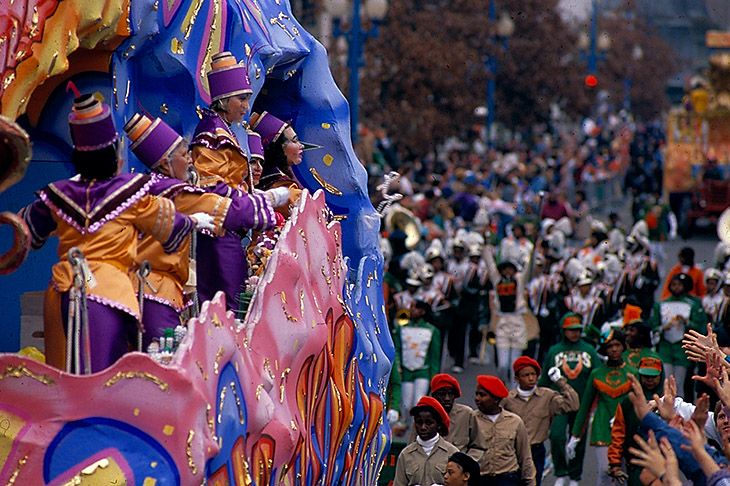Thank you, Mardi Gras! Love, New Orleans

The city of New Orleans has seen continued growth in the economic impact of Mardi Gras since Hurricane Katrina.
The economic impact on the city of New Orleans is on an incline, according to a study conducted by senior professor of practice Toni Weiss in the Tulane University Department of Economics.
By studying the 12-day Carnival season in 2014, Weiss found there was a surplus in the city"s gross domestic product by calculating expenditures in five categories: lodging and non-lodging, food and alcohol, Mardi Gras merchandise and services, krewe and krewe member expenditures, and city government.
A few issues within the study arose, such as the inability to account for nontraditional lodging like those obtained through AirBnB. Another difficulty came in the fact that New Orleans and Mardi Gras are synonymous, she said.
“If you go into any New Orleansâ“themed restaurant around the globe, it is decorated in purple, green and gold, and there are Mardi Gras beads,” Weiss said. “When you see tourists in the French Quarter in July wearing beads, it"s Mardi Grasâ¦Mardi Gras is really year-round.”
The study places the seasonal or direct economic impact on New Orleans at $164 million. However, if accounting for the year-long impact Mardi Gras has on the economy, that figure is closer to $465 million.
To complete the study, which was funded by the Carnival Krewe Civic Foundation, Weiss called upon the Freeman Consulting Group a student association of the A. B. Freeman School of Business at Tulane. Members of the group were instrumental in the collection of data, she said.
During a press conference on Monday (Feb. 9) announcing the results of the study, John Charbonnet, a founding member of the Carnival Krewe Civic Foundation, joked about how the impact of Mardi Gras was formally measured.
“[Mardi Gras] used to be measured in tons of garbage picked up on Tuesday,” said Charbonnet. “We"ve really cleaned up our act.”
Read the full study here.
“When you see tourists in the French Quarter in July wearing beads, it's Mardi Gras. Mardi Gras is really year-round.”—Toni Weiss, senior professor of practice in economics
